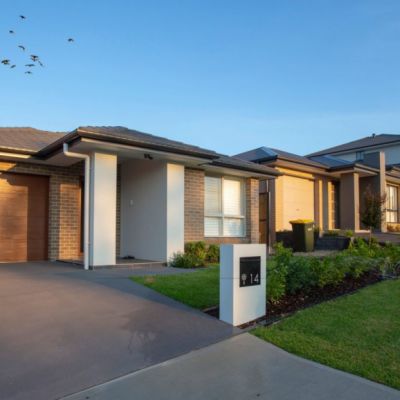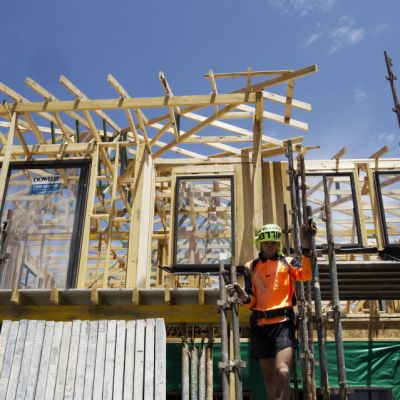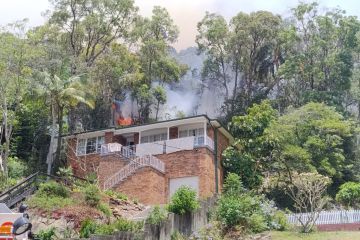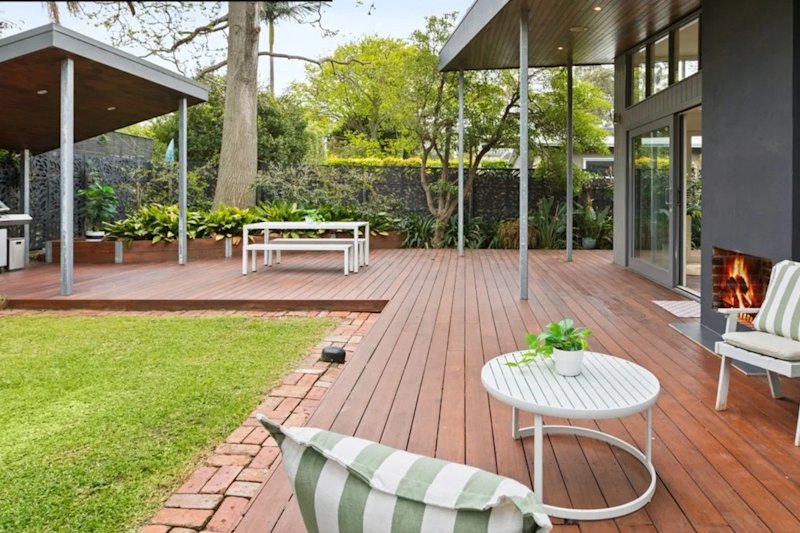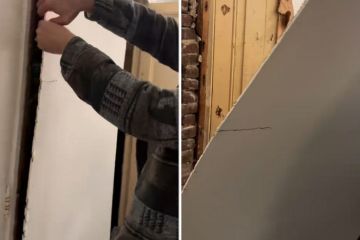Why some first-home buyers are heading to the city fringes
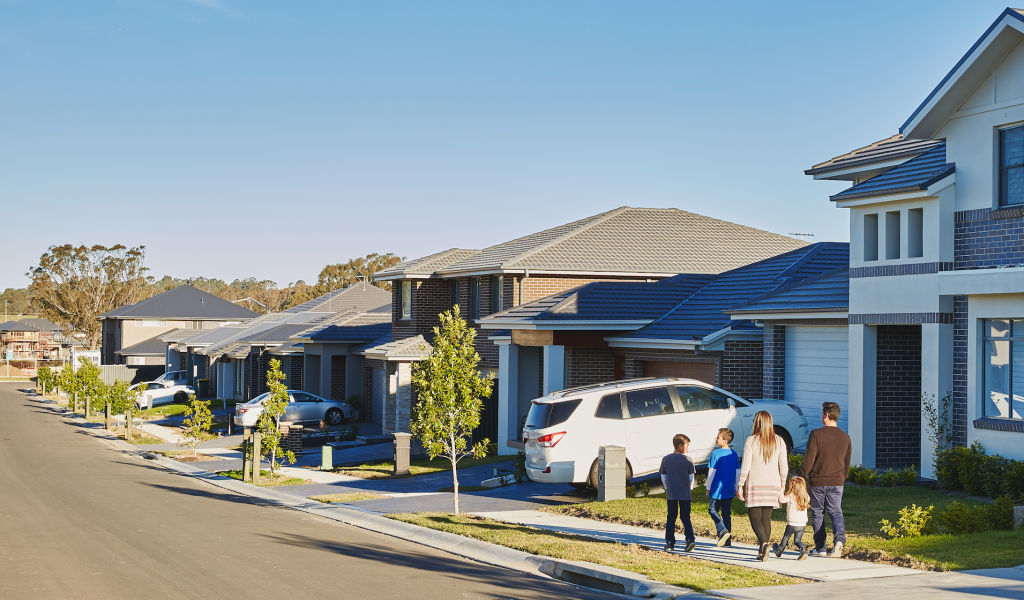
While some first-home buyers are wedded to the idea of an inner-city pad, there’s a growing cohort heading to the fringes of main cities.
Seeking affordability and lifestyle, they’re exploring newly established communities and building homes from scratch to suit their needs.
Stockland’s general manager of community sales Stephanie Mackenzie says there’s a distinctive sense of community that is felt strongly in new and growing areas.
“You have the opportunity to build a new home within a growing community where you can help shape the community, which is not always possible in an established area,” she says.
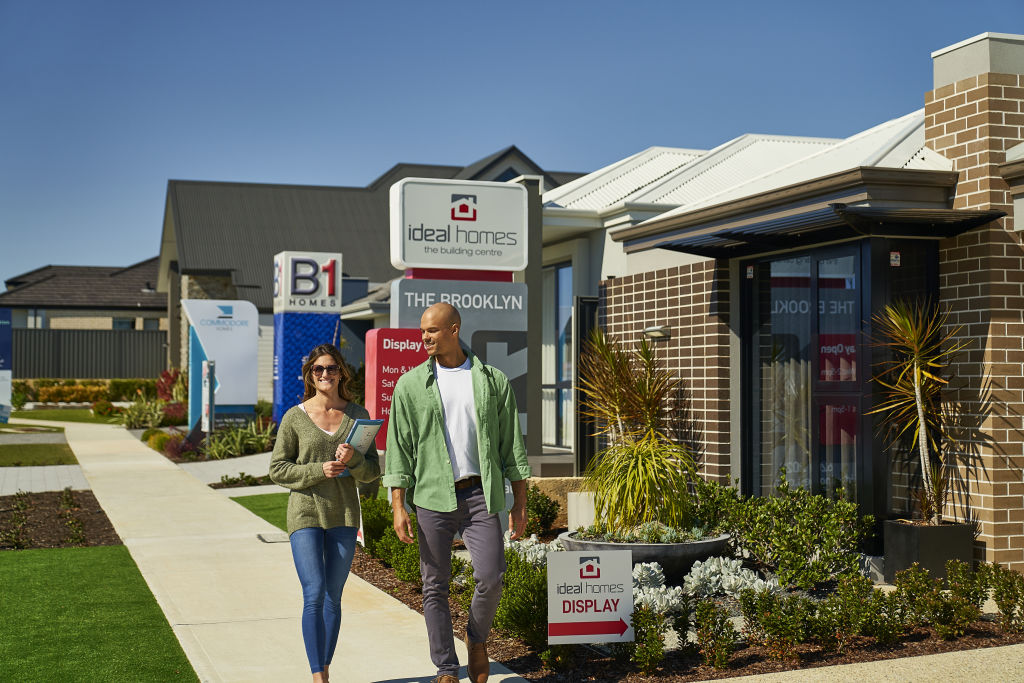
Mackenzie says building in a growth area gives people the chance to design a new home that meets the needs and lifestyle of their family, as well as delivering more bang for their buck than they would find closer to the city.
“The affordability of building and buying with Stockland extends outside of just the price you pay for a home, to the incentives, particularly for first-home buyers, such as government grants and stamp duty savings,” she says.
HIA chief executive of industry policy Kristin Brookfield says price has long been a driver for first-home buyers.
“The price of houses on the fringes of our cities tends to be at the right end of the market for first-home buyers compared to buying existing houses on land closer to the CBD,” she says.
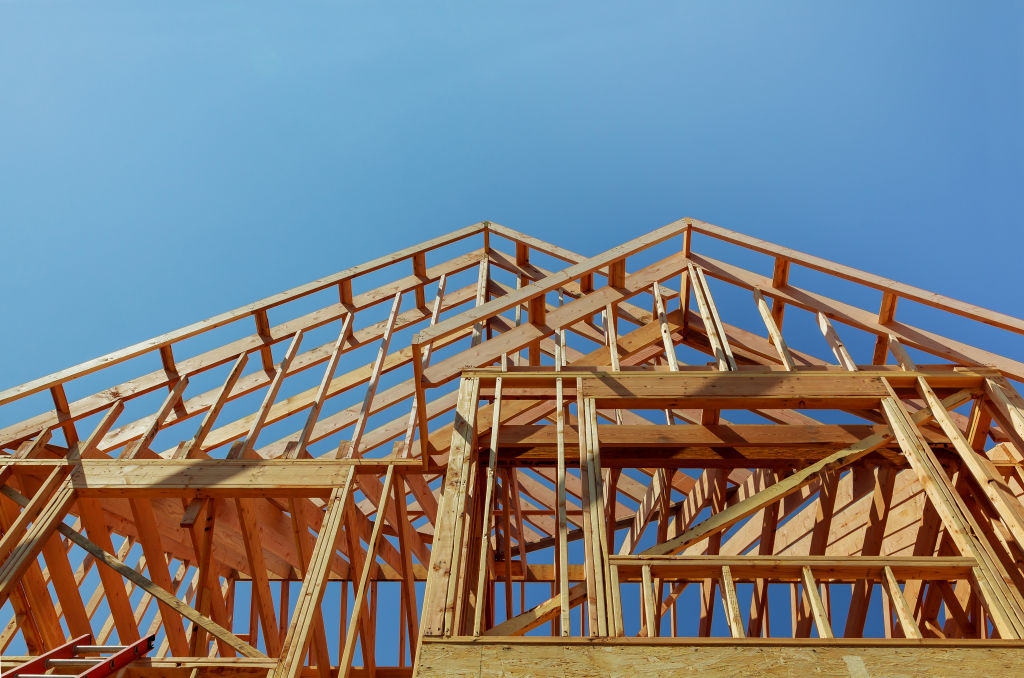
For Brookfield, one of the biggest benefits of buying on the city fringes today is having access to the full range of housing types.
“The mix of housing across all of the new sites in our different cities is incredible,” she says. “It’s vastly different to 10 or 20 years ago when a new suburb was just streets and streets of 700-square-metre blocks. What you see today is much more diversity.”
With many offering low-rise apartments positioned close to a new suburb’s heart, terrace housing, small lot housing and family homes on 500-square-metre lots, city-fringe communities cater for all kinds of first-home buyers.
“Buyers can create a lifestyle where they’ve got new parks, roads and schools going into an area with other first-home buyers who are often at the same age and stage,” says Brookfield. “It’s a fantastic opportunity to set yourself up.”
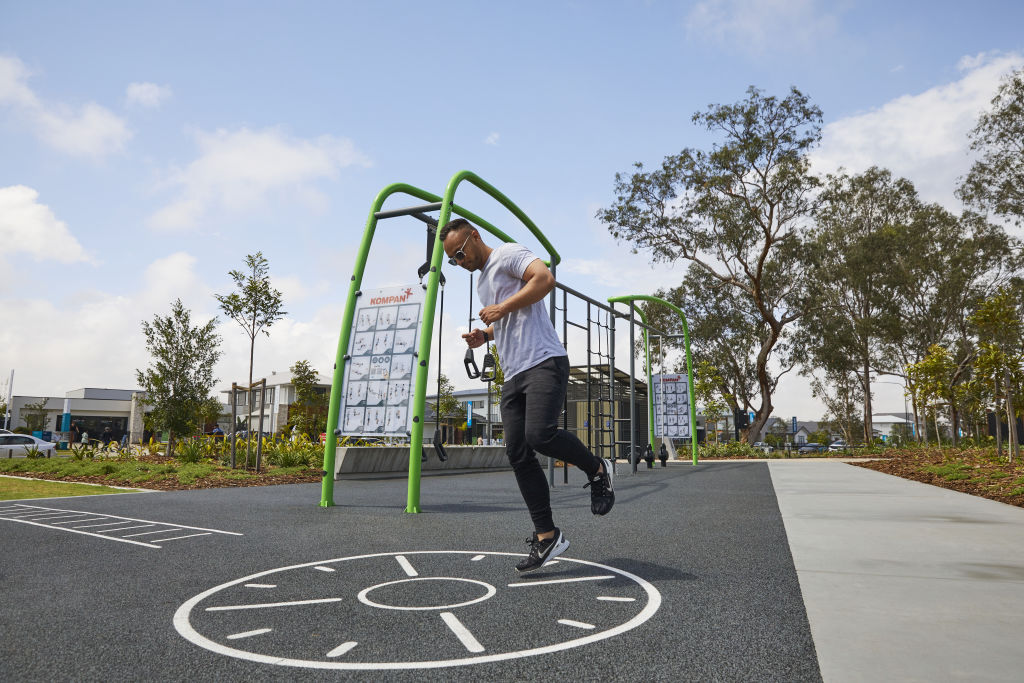
While the affordability of outlying areas is a key drawcard for first-home buyers, Mackenzie says they are also looking for proximity to amenities and connections to their places of work, their friends and their family.
Brookfield says the cities of Sydney, Melbourne and Brisbane have grown to a size where many people now work outside the city centre.
“There are jobs all across [these cities] so living in new suburbs that are actually close to those jobs is going to make sense for those people,” she says.
Brookfield says the COVID-19 crisis has also confirmed the ability of many to work from home.
The pandemic has been a catalyst for people to take stock of their current home, lifestyle and environment and reflect on what they need now and in the future, says Mackenzie.
“There has been a realisation that by working from home or more flexibly, people have significantly more time to spend on themselves, their families and their wellbeing,” she says.
Mackenzie says first-home buyers moving into new communities, like those created by Stockland, have the opportunity to enjoy liveable, workable communities with open, green spaces near established infrastructure such as schools, hospitals, employment and public transport.
“A Stockland community offers first-home buyers the opportunity to live in affordable, modern homes within thriving, diverse communities,” she says.
We recommend
We thought you might like
States
Capital Cities
Capital Cities - Rentals
Popular Areas
Allhomes
More
- © 2025, CoStar Group Inc.

